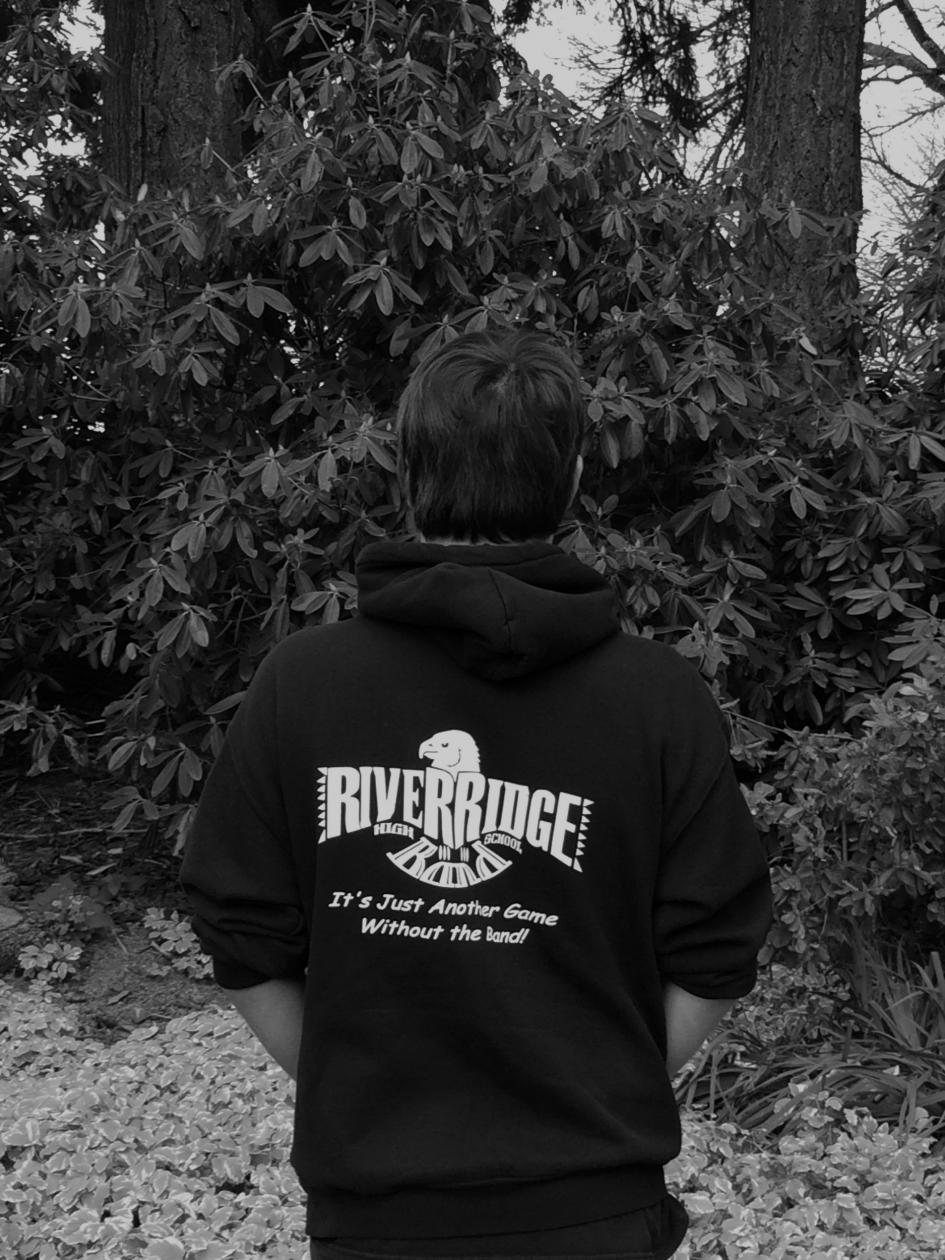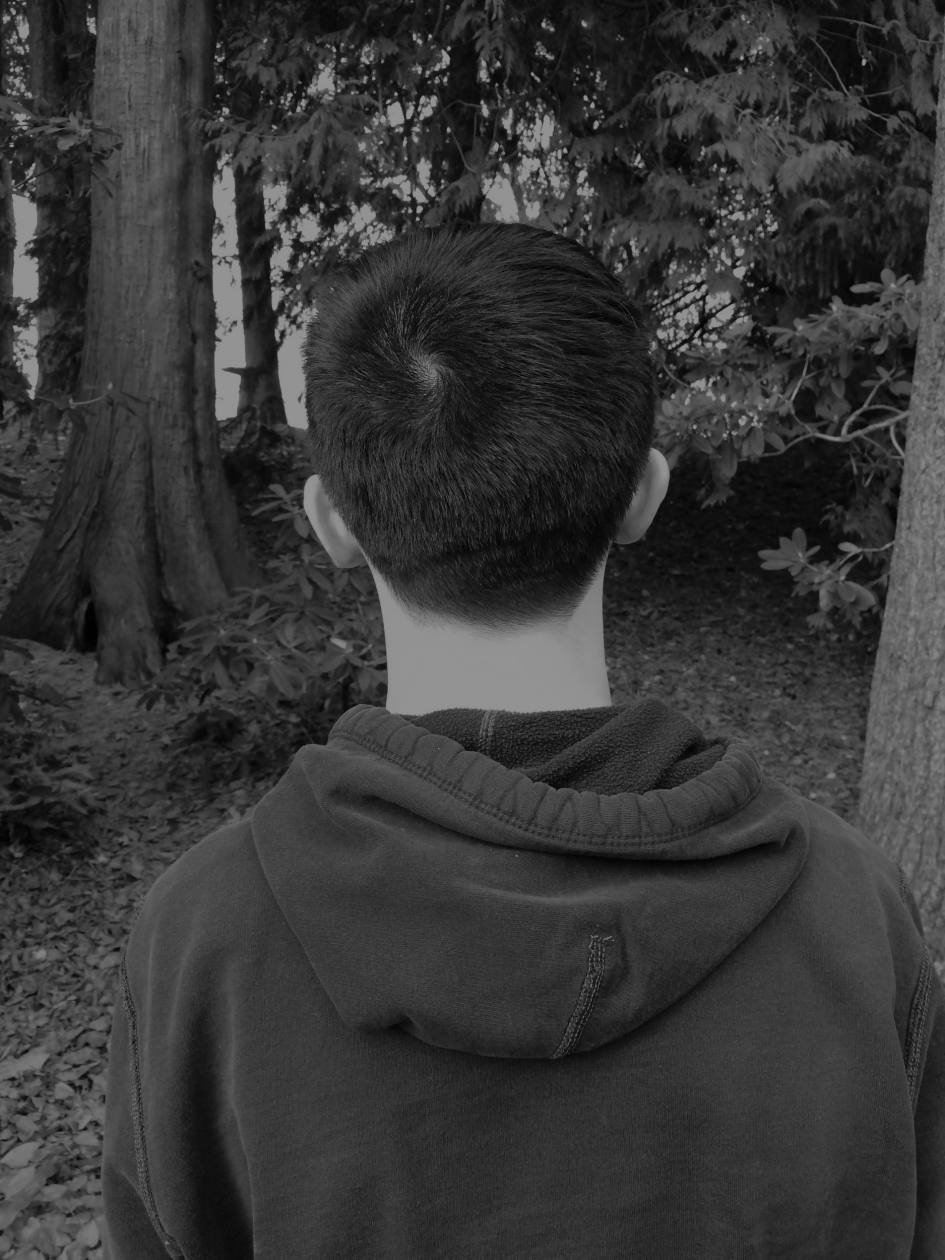Artist Purpose
American, Seattle-based, video artist Gary Hill, born 1951 in Southern California, uses modern technology to pull viewers into new experiences. In 1994 Hill created and installed the piece, Clover. Hill is known for incorporation of language/text in video and installation. He has a large interest in how we use and understand language. Initially “language” for him was not specific words but the experience of a speaking that emerged in electronic space
Gary Hill doesn’t use this medium for the sake of just ‘using’ the technology, rather Hill explores the potential possibilities of the use of these technologies. He is more concerned with using the medium to show the viewer his art and ideas, not showing them technological possibilities. His very first installation is a good example of this, Hole In The Wall, installed in 1974, a monitor that covers a hole in the wall and displays what is happening on the inside of the room. The technological aspect of this installation is not the focus. He isn’t using a monitor to impress the viewer with the use of technology. The focus is the ideas of the artist and what the piece means. This is true for all of Gary Hill’s pieces and Clover is no exception. The technological knowledge to create the piece is impressive but it is not the focus of the piece. Gary Hill may be known for his use of technology and monitors but it is his ability to show ideas through the medium of technology that makes him special.
Hill, when creating Clover, had an intention in enunciating ideas that carry a subtle impact. He wanted to open a new intimacy in art, projecting a mandala function where the subject enters and is gradually pulled/moved inward. His work allows a passage of information to interact with language and virtual image within a physical. He wanted to express how one may feel the reverberation of language existing without there being any cause-and-effect happening to the individual or that one’s experience. He deploys language as the medium through technology, there is this construct that there is a certain way things are seen, and Hill arbitrates this experience. One may discover a sense of ‘internal’ time-consciousness, only through language can this experience occur though.
Max’s Perspective
Clover creates statements through shapes, as well as visual animations. The four screens meeting in the middle could be thought of to represent a stem. Something that unites them all. Yet the screens are still split apart, unable to interact with each other. This piece shows 4 men all walking toward the same destination but are somehow unable to never reach it. The goal of this destination could be vastly different for each individual, yet the destination is in the same. Would they somehow be able to come together and reach this goal if they weren’t separated from each other in form of these screens? This piece also creates an interesting contrast. The background of the individuals depict some sort of forest, yet this visual is displayed on a screen. This could be looked at as the inability for the man to find his true self, the destination, without releasing the shackles that society and technology have enslaved us in. This piece was simple, and I was without much thought at first glance, but upon reflection, this piece has shown me it’s subtle beauty.
Trever’s Perspective
Clover as a piece is a very simple to describe but very complex to interpret. The most intriguing thing to me about the piece is that all four monitors contain different men and the never-ending loop of them walking. Both of these concepts work together in order to make the piece special. When I view the piece I see four different figures all heading in towards one central point but never arriving at a destination. I interpret this as how everyone can start from very diverse backgrounds and most people want the same destination in the end. Success, whatever that may look like to different people is something everyone strives for but inevitably cannot be achieved by everyone. Although the artwork is likely to produce a wildly different reaction from everyone this is what I see and feel when viewing clover.
Spencer’s Perspective
Clover is all of these men, different and all trying to get to the same place, but as the viewer, you cannot see which way they are walking their legs are not shown and through the trees seem as if they are coming closer I do not get the impression they are getting closer. I also feel like these four men are connected somehow because of the four screen connecting in the middle with metal tubing. All walking toward something but never being able to achieve it. As if they are on a treadmill never getting anywhere just continued walking in the same spot. This happens so many times in society we as a community may be going to one ‘specific’ place, in reality, we are all going nowhere. We must look deep inside ourselves to figure out what is right for us to turn around and look at yourself.
Credits:
Max’s Perspective, Blog Uploader, And Admin: Maxwell Alexander
Trever’s Perspective, Photographer, And Video Editor: Trever Ponce
Spencer’s Perspective, Blog Proofreader/Error Checker, And Coordinator: Spencer Davis
Sources:
The Editors of Encyclopædia
Britannica. “Seattle 1990s
overview.”12 Jan. 2001.
Hill, Gary, and Robert C. Morgan.
Gary Hill. Johns Hopkins
University Press, 2000, Print.
Ho, Vanessa. “Kurt Cobain and
Seattle in the ’90s: Then and
now.”Seattlepi.com, Seattle Pi
Apr. 2014, 4:45 PM.
IF/THEN. “The Artist.” Northwest
Artists – Gary Hill – Henry Art
Gallery,
Henry Art Gallery, 2009.
Jones, David. “Gary Hill.”
Experimental Television
Center, Black Hammer
Productions, 17 June 2011.






























Leave a Reply